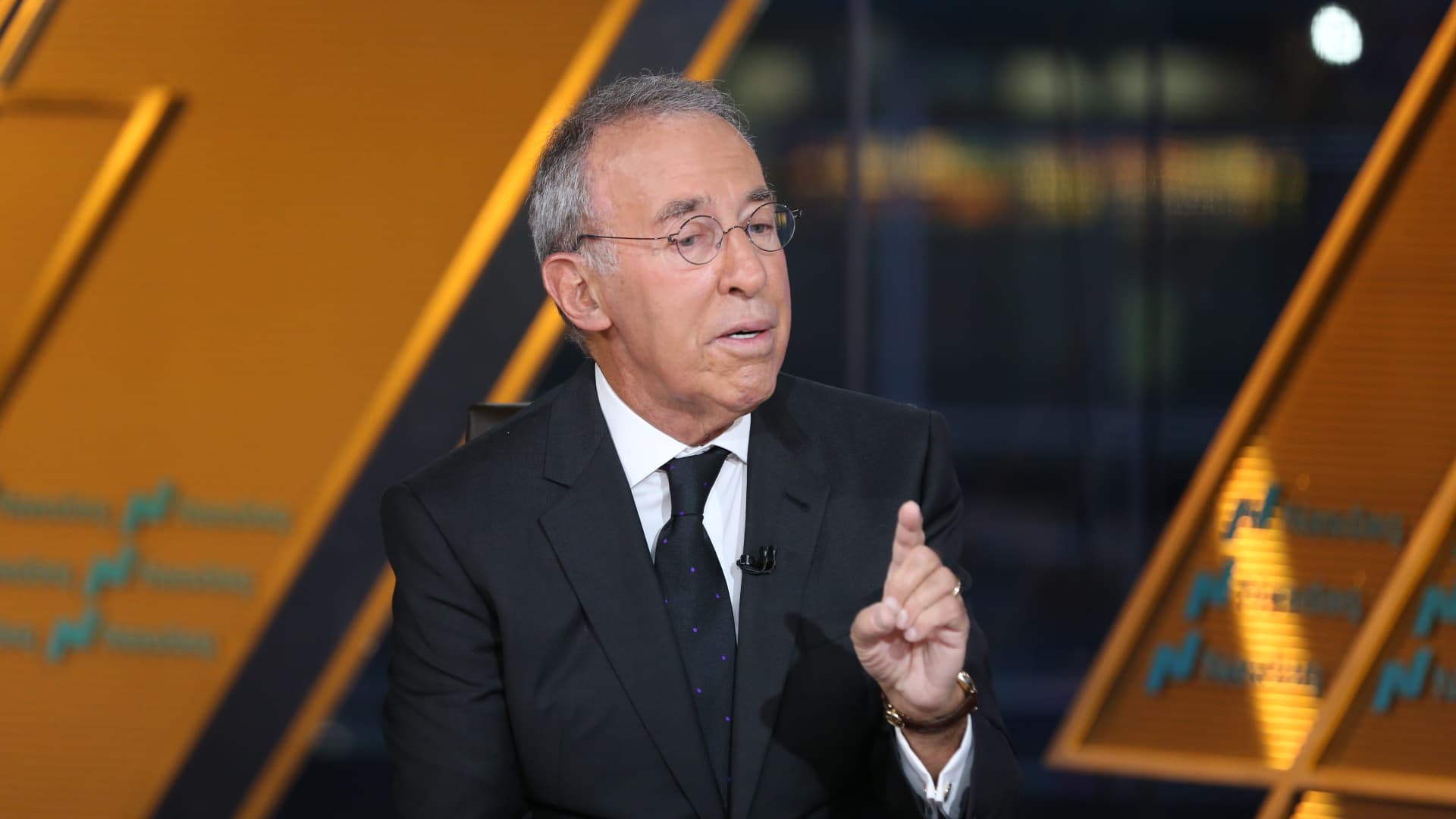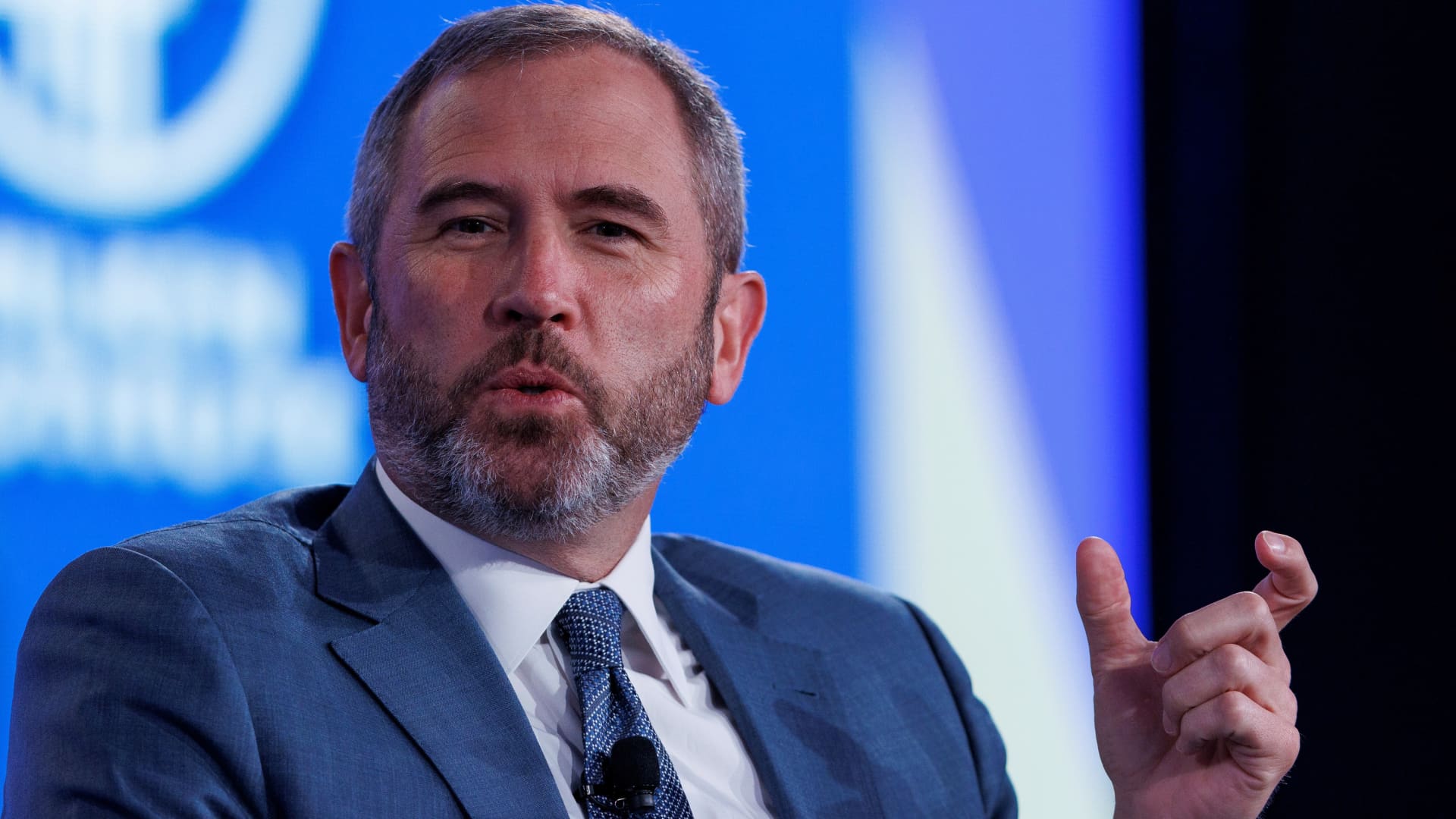What a cut in Reliance’s Russian crude purchases would mean for India


The Reliance Industries Ltd. oil refinery in Jamnagar, Gujarat, India, on Saturday, July 31, 2021.
Bloomberg | Bloomberg | Getty Images
India’s largest private oil refiner Reliance Industries is reportedly halting purchases of Russian crude, following the U.S.’ decision to sanction Russia’s two largest oil companies, Rosneft and Lukoil.
Reliance has become a major buyer of Russian crude. In September, it purchased around 629,590 barrels of Russian crude per day from the two firms, out of India’s total imports of 1.6 million barrels per day, according to data by commodities data analytics firm Kpler.
Over the same month last year, Reliance purchased around 428,000 barrels per day of oil from the Russian companies.
In fact, India’s Russian crude imports used to account for less than 3% of its total crude import basket, but today account for one-third of India’s crude imports, experts say.
Reliance has not responded to CNBC requests for comment on reports that it is stopping the purchase of Russian crude.
It comes as the U.S. Treasury Department on Wednesday levied sanctions on Rosneft and Lukoil, citing Moscow’s “lack of serious commitment” to ending the war in Ukraine. The sanctions aim to “degrade” the Kremlin’s ability to finance its war, the U.S. department said, signaling more measures could follow.
If Reliance does halt Russian purchases, it will have “negative impacts on [Reliance’s] margin and profitability as Russian crude constitute more than 50% of [its] crude diet,” Pankaj Srivastava, SVP of commodity oil markets at market research firm Rystad Energy said in emailed comments.
He added that the availability of “similar crude is not an issue” and can be sourced from West Asia, Brazil, or Guyana, but Reliance is unlikely to get the same price as it does on Russian crude, as it has long-term deals with suppliers like Rosneft.
Last December, Reliance Industries signed a deal to import crude oil worth $12 billion-$13 billion a year from Russia’s Rosneft for 10 years, which would translate to roughly 500,000 barrels per day, according to a report by Reuters.
‘Opportunistic buying’
The purchase of Russian oil by Indian refiners was “opportunistic buying” driven by discounts versus comparable grades, said Vandana Hari of Vanda Insights.
India bought 38% of Russia’s crude exports in September, second only to China at 47% according to Helsinki-based think tank Centre for Energy and Clean Air.
Hari added that Indian refineries can easily pivot to buying from sources with the trade-off being “pressure on refining margins.”
Muyu Xu, senior crude oil analyst at Kpler, said the Indian refining giant might face some short-term issues as it looks to replace the Russian crude.
“Given the large volumes under the Reliance-Rosneft deal, we expect some short-term friction for Reliance in securing replacement barrels,” says Muyu Xu, senior crude oil analyst at Kpler.
She added that “Russia’s medium-sour Urals remains about $5–6/bbl [barrel] cheaper than Middle Eastern crude of similar quality.
A report by Jefferies last month indicated that the impact of Reliance Industries moving away from Russian oil was “manageable.”
The brokerage said in September that it had received queries from investors about the possible financial impact on Reliance if it halts its imports of Russian oil due to sanctions.
The benefit of Russian crude accounts for around 2.1% of the firm’s estimated consolidated EBITDA of 2.05 trillion rupees ($ 22.8 billion) for fiscal year 2027, the brokerage said.
Reliance’s consolidated EBITDA for the six months of fiscal year 2026 was 1.08 trillion Indian rupees ($12.3 billion), of which 295 billion rupees were from its oil-to-chemicals segment, while its telecom and retail ventures together contributed to nearly 500 billion rupees.
Hopes of a U.S. trade deal
Other Indian refiners are also looking to cut imports of Russian oil. Weaning off Russian oil might raise India’s import bill, but it won’t be “as big a sticker shock as [it] might have been if crude was in the $70 or $80 range,” said Hari of Vanda Insights.
U.S. West Texas Intermediate futures were trading around $61.83 a barrel on Friday.
Experts also say the benefits of India cutting back on Russian oil purchases outweigh the downsides.
According to Natixis’ Senior Economist Trinh Nguyen, the arbitrage that Russian oil offered during the energy crisis has tapered off, and there is no need for India now to have significant purchases of Russian oil.
India’s Russian crude purchase has been a sore point in its trade relations with the U.S., which culminated in the U.S. imposing a total 50% tariff on Indian goods exported to the U.S..
With both state-owned and private refiners expected to halt purchase of Russian crude — a long-standing demand of U.S. President Donald Trump — the chances of India negotiating a mutually beneficial trade deal with the U.S. have increased.
— CNBC’s Ying Shan Lee contributed to this report









